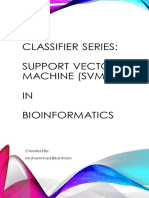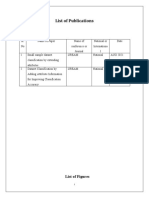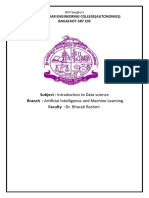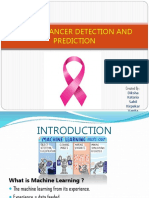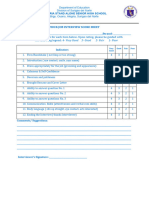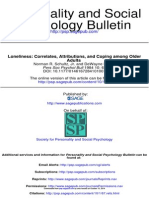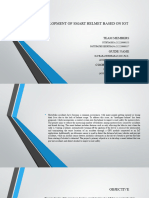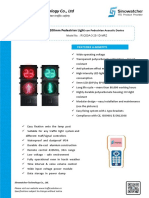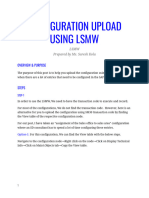0% found this document useful (0 votes)
43 views6 pagesSummary of The Datasets
Summary of heart, liver
Uploaded by
ks0557159Copyright
© © All Rights Reserved
We take content rights seriously. If you suspect this is your content, claim it here.
Available Formats
Download as DOCX, PDF, TXT or read online on Scribd
0% found this document useful (0 votes)
43 views6 pagesSummary of The Datasets
Summary of heart, liver
Uploaded by
ks0557159Copyright
© © All Rights Reserved
We take content rights seriously. If you suspect this is your content, claim it here.
Available Formats
Download as DOCX, PDF, TXT or read online on Scribd
/ 6











